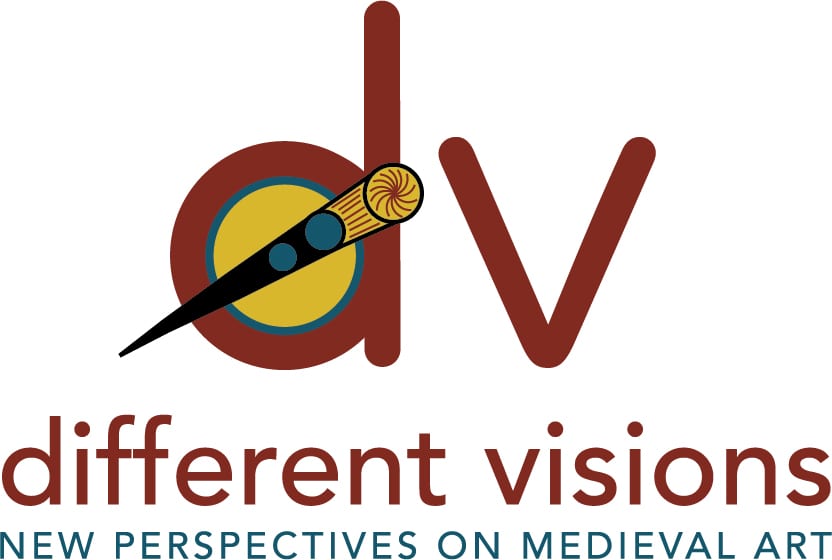I have been reading, and re-reading, Why the Middle Ages Matter, edited by Celia Chazelle, Simon Doubleday, Felice Lifshitz, and Amy G. Remensnyder, and I sense an underlying theme to several of the essays, namely the importance of community. This is especially the case with the essays by Celia Chazelle, G. Geltner, and Frederick S. Paxton. The European middle ages that emerges from these authors’ works is striking in the sense that the community is paramount and can, and does, include various ‘deviant’ groups: lepers, criminals, prostitutes, Jews. Chazelle describes the ways in which certain early medieval societies employed methods of dealing with crimes and disputes founded on compensation for victims, penance for the perpetrator, and reincorporation of the latter into society. All this without resorting to incarceration. Geltner analyzes the methods by which certain groups deemed ‘deviant’ in the later middle ages were both spatially set apart from yet partially integrated back into urban fabrics. And Paxton produces a poignant account of the modern music-thanatology movement, based on Cluniac prescriptions for care of the dying, that employs a vigil and contemplative music to help the dying leave his or her earthly existence. This approach to palliative care contrasts with our society’s general avoidance of the reality of death and its attempts to hide away the dying in a medicalized environment.
The middle ages described in these essays is in striking contrast to our own society, at least in the U.S., with its belligerent, yet illusory, insistence on the primacy of the individual over the community. This is the rationalization for the erosion of the social safety net in many ways: the withdrawal of government from its role of protecting its people, the criminalization of drug use and poverty, the deterioration of the infrastructure, the right-wing attacks on public institutions, most notably its schools and teachers; the list goes on and on. As the authors of the Introduction to Why the Middle Ages Matter point out, the middle ages has become the symbol for all things brutal, barbarous and superstitious, a role it acquired in the so-called Enlightenment, but one could argue that our age matches this profile as well, or even better.
Visual arts production in our society parallels the contrast in approach outlined in the book. Medieval objects and structures resulted from a collaborative enterprise, engaging patrons, however one understands this, and producers, ditto, in a joint effort, although the partnership was almost certainly unequal and power dynamics were always at play. Contemporary art, with certain prominent exceptions, is perceived as following a model constructed in the Renaissance—that of the individual genius working on his (more than her) own and springing suddenly into art history as a full-blown genius. This “great man” approach to understanding visual culture (and I use man deliberately) was introduced partly as a way for the Renaissance to define itself against the preceding era. Of course, this model was an illusion then and still is as, in reality, modern visual culture is made possible by a supportive network of artists, galleries, museums, social media, academics, and publications. Nevertheless, contemporary artists face a brutal system in which the market produces a few art stars and the rest struggle to make a living and make their art.
The medieval models of community-focused approaches to criminality, social deviance, and death also have something to offer to contemporary scholars of the period. Art-historical scholarship, indeed the entire academic enterprise in the humanities, still adheres to the Renaissance (false) model of individual genius working in isolation. We are supposed to write and publish our monographs and articles all by ourselves, laboring away on-site, in museums, archives, libraries, and offices, turning out our (cutting-edge) publications. A multiple-authored publication is simply not as valued in the review, tenure, and promotion process, especially in research universities like mine. The genius model forces us to defend our territories from the trespass of others by means of blind peer review, book reviews, and word of mouth, all of which are subject to bias and general unnecessary nastiness. Ultimately, it impoverishes our potential for knowledge and understanding. How much richer our work can be if done in a spirit of collaboration and sharing. This is why the Material Collective is so important: it breaks the paradigm and introduces collectivity, community, into our work. And at a time when it seems that what we do is under almost daily attack in public and in our own institutions, we need each other more than ever.
